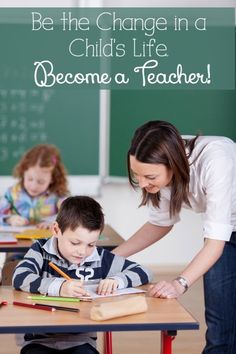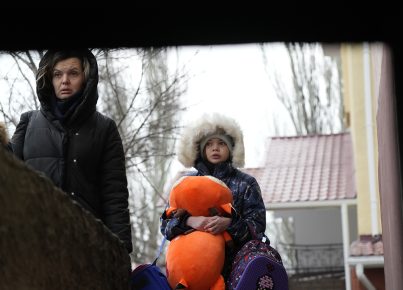As global events continue to unfold, children are increasingly exposed to news and stories that can be difficult for them to understand and process. The ongoing situation in Ukraine is no exception, with images and narratives that may evoke a range of strong emotions in students. Teachers have a crucial role to play in guiding these young minds through such challenging times. This article will explore how teachers can talk to kids about Ukraine and offer support to students as they navigate this complex issue.
Educators are often on the front lines when it comes to addressing children’s curiosity, fears, and misconceptions about world events. When discussing Ukraine, it’s important for teachers to provide accurate information that is appropriate for the children’s developmental level. Here are some approaches educators can take:
1.Foster an Open Dialogue:
Create a safe space in the classroom where students can express their thoughts and feelings about what they have heard or seen regarding Ukraine. An open dialogue encourages them not just to ask questions but also to share their emotions, whether those be confusion, anxiety, or a longing to help.
2.Present Facts Thoughtfully:
Provide straightforward facts without going into graphic details or political complexities that children might find confusing or distressing. For example, teachers can explain that there’s a conflict in Ukraine which has led many people to leave their homes in search of safety.
3.Promote Critical Thinking:
Encourage students to think critically about the information they come across, helping them understand the difference between verified news and unconfirmed sources or opinions. This skill not only assists them in the context of current events but is invaluable for their overall media literacy.
4.Cultivate Compassion:
Use discussions as opportunities to foster empathy by putting emphasis on common values such as peace, kindness, and resilience. Highlight stories of how individuals and communities support each other during hard times.
5.Incorporate Creative Expression:
Sometimes children might find it easier to express their thoughts through art or storytelling rather than straightforward conversation. Encouraging creative expression allows for a non-verbal outlet for their thoughts and feelings related to the conflict.
6.Support Positive Action:
If children feel helpless or sad about what’s happening in Ukraine, guide them towards positive actions they can take. This could be organizing fundraising events, writing encouraging letters, or simply learning more about the country’s culture and history.
7.Maintain Routine:
During unsettling times, maintaining a consistent classroom routine is reassuring for children and provides a sense of normalcy amidst chaos.
8.Offer Additional Support When Needed:
Be attuned to signs that some students may struggle more than others with what they are learning about Ukraine. Escalate concerns where necessary so that additional support from school counselors or psychologists can be provided.
In summary, talking about complex global issues like the conflict in Ukraine requires sensitivity, honesty, and thoughtfulness from teachers. It is part of educating well-rounded students who are informed, empathetic global citizens equipped to navigate an increasingly connected world. To be effective in these conversations, educators need support from parents and school administrators so they can provide accurate information while also addressing emotional needs—and where needed—connecting students with further resources for support.





